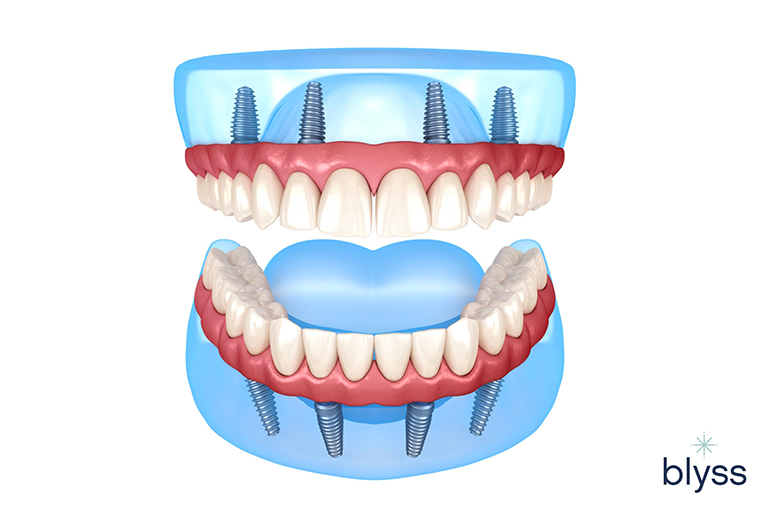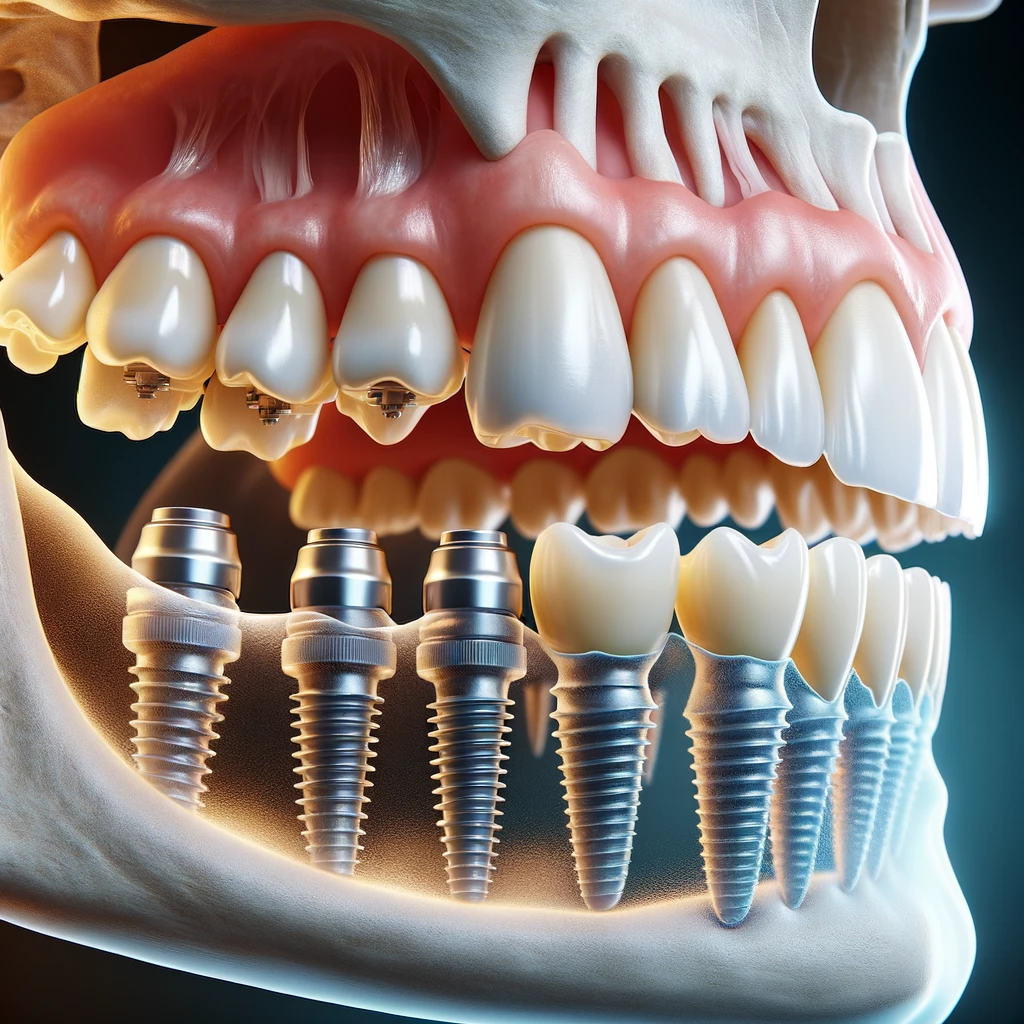More About Dental Sense
Table of ContentsFacts About Dental Sense RevealedGetting My Dental Sense To WorkThe 30-Second Trick For Dental SenseThe Single Strategy To Use For Dental Sense
are clinical tools operatively dental implanted into the jaw to recover an individual's capacity to chew or their look. They supply support for man-made (phony) teeth, such as crowns, bridges, or dentures. When a tooth is lost due to injury or disease, an individual can experience issues such as rapid bone loss, malfunctioning speech, or changes to chewing patterns that result in discomfort.Oral dental implant systems contain an oral implant body and oral implant abutment and might also consist of a joint addiction screw. Cosmetic dentistry services. The oral implant body is operatively inserted in the jawbone in area of the tooth's root. The oral implant joint is usually affixed to the dental implant body by the abutment addiction screw and expands with gum tissues right into the mouth to sustain the affixed synthetic teeth
(https://myspace.com/dentalsense1)Structure of The Oral Implant System selecting oral implants, talk with your oral provider regarding the prospective benefits and threats, and whether you are a candidate for the procedure. Things to think about: Your total health and wellness is an essential aspect in determining whether you are a good candidate for dental implants, the length of time it will certainly take to recover, and just how long the implant might remain in location.
Smoking might impact the recovery process and lower the lasting success of the dental implant. The recovery process for the implant body might take numerous months or longer, during which time you usually have a short-lived joint in area of the tooth. the dental implant procedure: Thoroughly follow the oral hygiene directions provided to you by your dental copyright.
What Does Dental Sense Do?
Implant failing can lead to the requirement for an additional surgical procedure to take care of or change the implant system. Brings back the capability to chew Restores aesthetic appearance Aids maintain the jawbone from reducing as a result of bone loss Maintains the wellness of the surrounding bone and periodontals Helps keep adjacent (nearby) teeth secure Improves lifestyle Damages to surrounding natural teeth during dental implant positioning Injury to the surrounding cells during surgical procedure, such as sinus perforation Injury during surgery (as an example, fracture of surrounding jawbone) Insufficient feature, such as really feeling like the teeth do not attack together generally A feeling that the tooth hangs or turning in position resulting from an abutment screw loosening up Implant body failing (looseness of the implant body) as a result of systemic infection, which might be most likely in individuals with unrestrained diabetics issues due to local infection in bone and periodontals supporting the implant body because of postponed recovery, which may be more probable in clients who smoke Trouble cleansing the gum tissues around the implant, causing bad dental hygiene Without treatment gum disease Post-surgical pins and needles due to nerve impingement or damage Always inform health care service providers and imaging specialists that you have dental implants before any magnetic resonance imaging (MRI) or x-ray procedures.
FDA is not familiar with any type of adverse occasions reported for MRI or x-ray treatments with dental implants. Dental implants systems are normally constructed from materials that adhere to international agreement standards of the International Organization for Standardization (ISO) or ASTM International. These criteria have information of what makes a risk-free material.

An oral implant is a structure that replaces a missing tooth. With screw-like devices, the surgeon inserts an implant into the jawbone, and it acts as a support for an artificial tooth, called a crown. A gadget called an abutment links the synthetic tooth to the oral implant. The crown is customized to fit the individual's mouth and match the shade of their teeth.
An Unbiased View of Dental Sense
Some people are not eligible for oral implant surgery. It is for dental doctors to operate on individuals with: severe illnessuncontrollable metabolic diseasebone or soft cells illness or infectionIf these concerns are resolved, a person can have the surgery. In, dental doctors avoid running on people with: If people with any one of the above undergo dental implant surgery, there is a greater danger of the implant failing.

Dental dental implant surgery is a personalized process. It's not the very same for every person. The complying with provides a general review of what you can anticipate your dental professional, dental cosmetic surgeon, periodontist or prosthodontist to do: Put the implant operatively. Offer you time to recover. Affix the blog post and final crown, bridge or denture.
Next off, your specialist will carefully place the oral implant right see into your jaw. Finally, your doctor will certainly rearrange your gums and shut the incision with stitches. If your dental implant is near the front of your mouth, your dental professional will make a temporary tooth for you to put on up until you recover. By doing this, you will not have a gap in your smile while you recoup.
Dental Sense - The Facts
Your supplier can tell you what to expect in your scenario. During the recovery stage, your jawbone needs to fuse to the dental implant. This process, called osseointegration, is essential for stability and long-term success. This process can take anywhere from three to 9 months. In many cases, it might take longer.
Once your implant heals, your dental professional can attach the abutment (tiny connector post) and your final reconstruction (crown, bridge or denture). This generally takes concerning one hour to complete and may call for a second minor surgical procedure. You shouldn't feel any discomfort during your dental implant treatment because your copyright will utilize medicine to numb your gums.